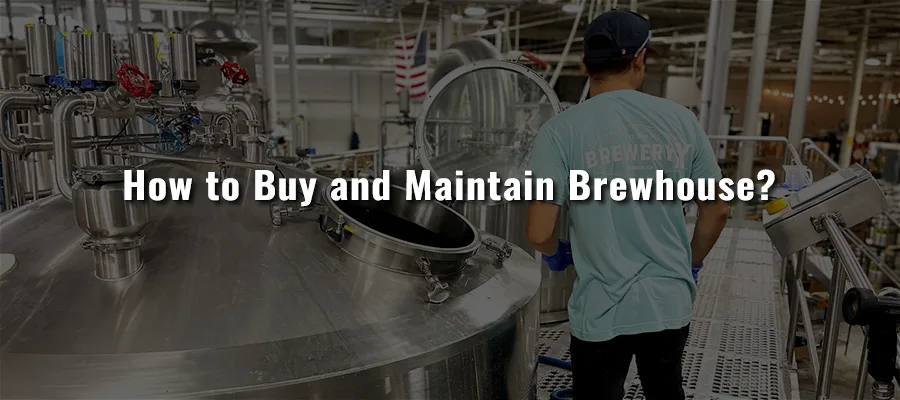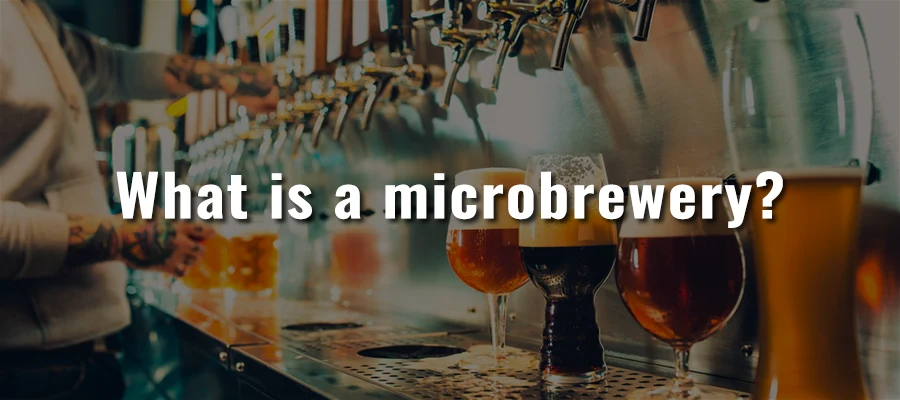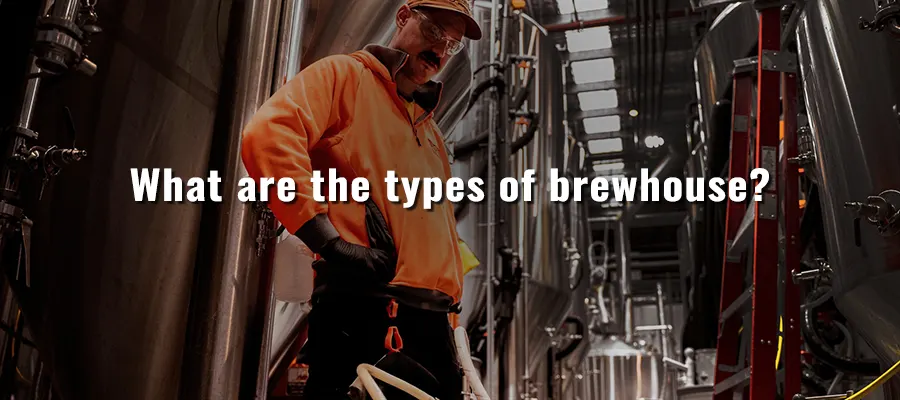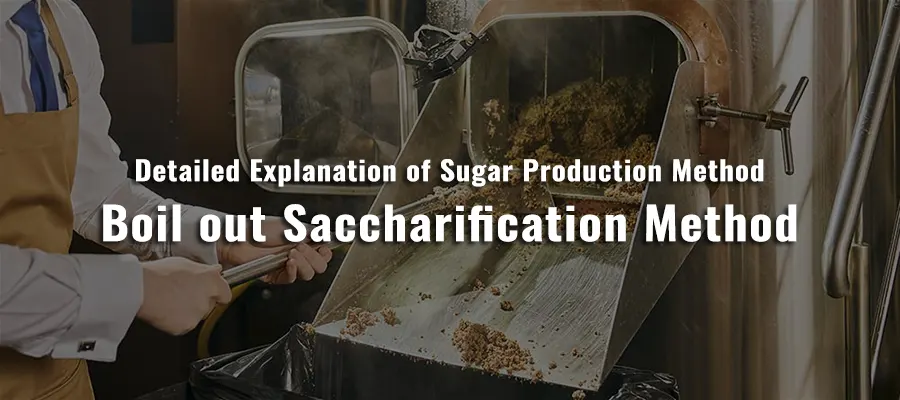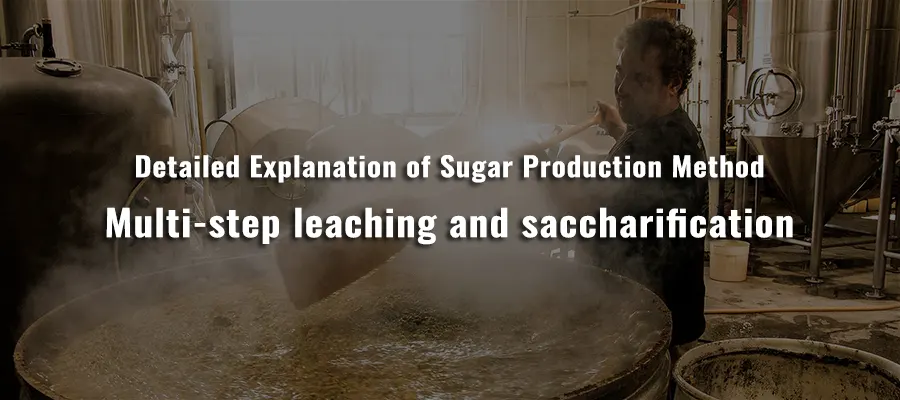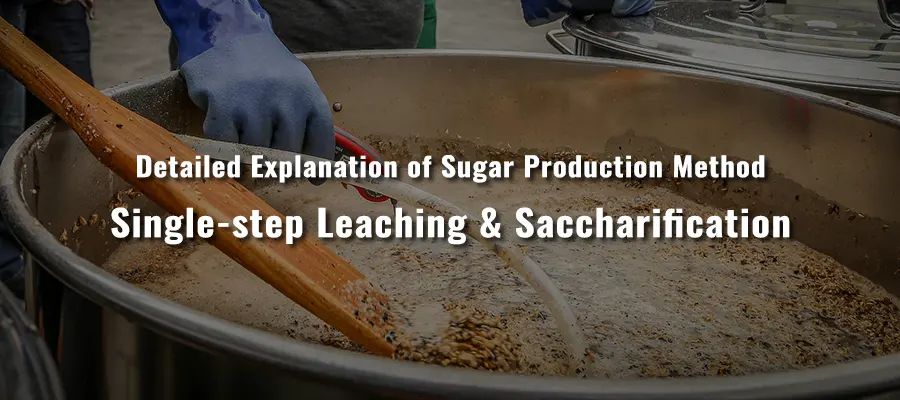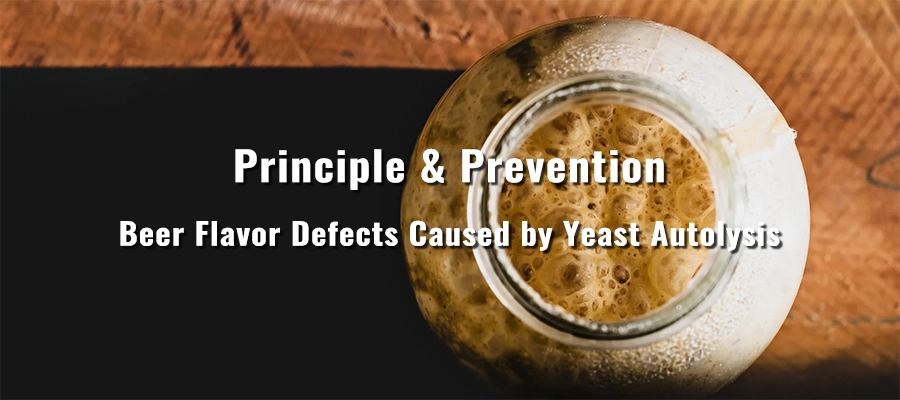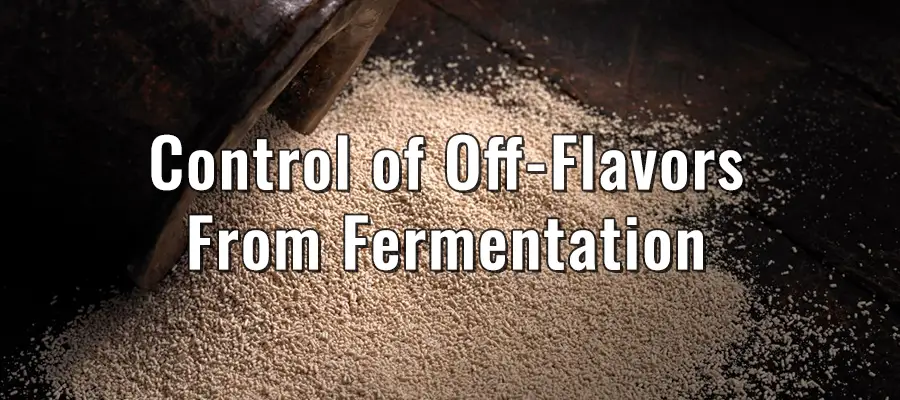Every brewhouse is a hall of production and innovation in the brewery. The brewhouse is the core of your brewing business. It has many complicated systems and operations that must be vigilance and safe at all times. The journey to the best craft brewery and brewing team is very difficult. It is necessary to maintain love and learning of craft beer at all times. The size of the brewing system, available space, beer flavor, heating time, etc. will all have an immeasurable impact on your final product (beer).
Small Batch Brewery Equipment
Bigger is not always better. Small Batch System can brew any style/type of beer you want.
Micro Craft Brewery Equipment
Because craft breweries are small, they have more room to innovate than commercial breweries.
Commercial brewery equipment
The value there for us is not only do you have the engineering capability, but the brewing knowledge behind that…




